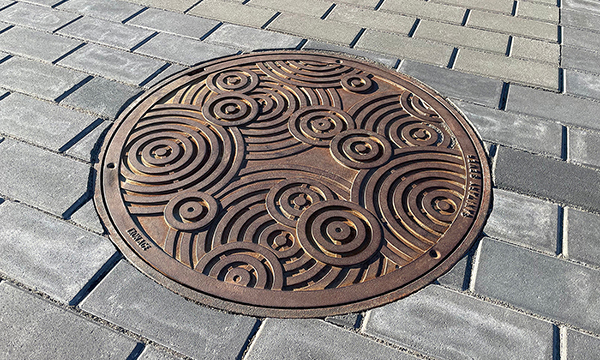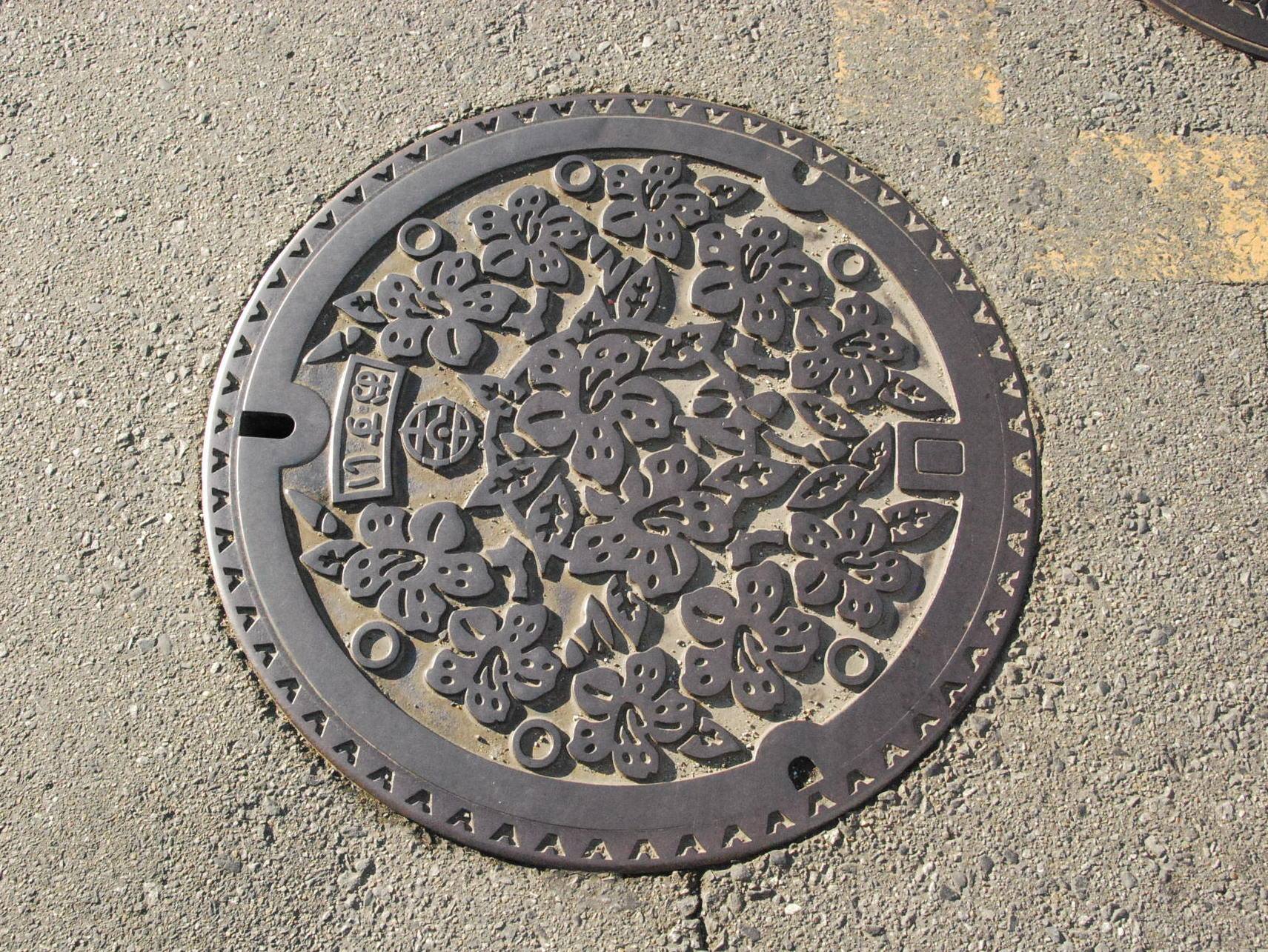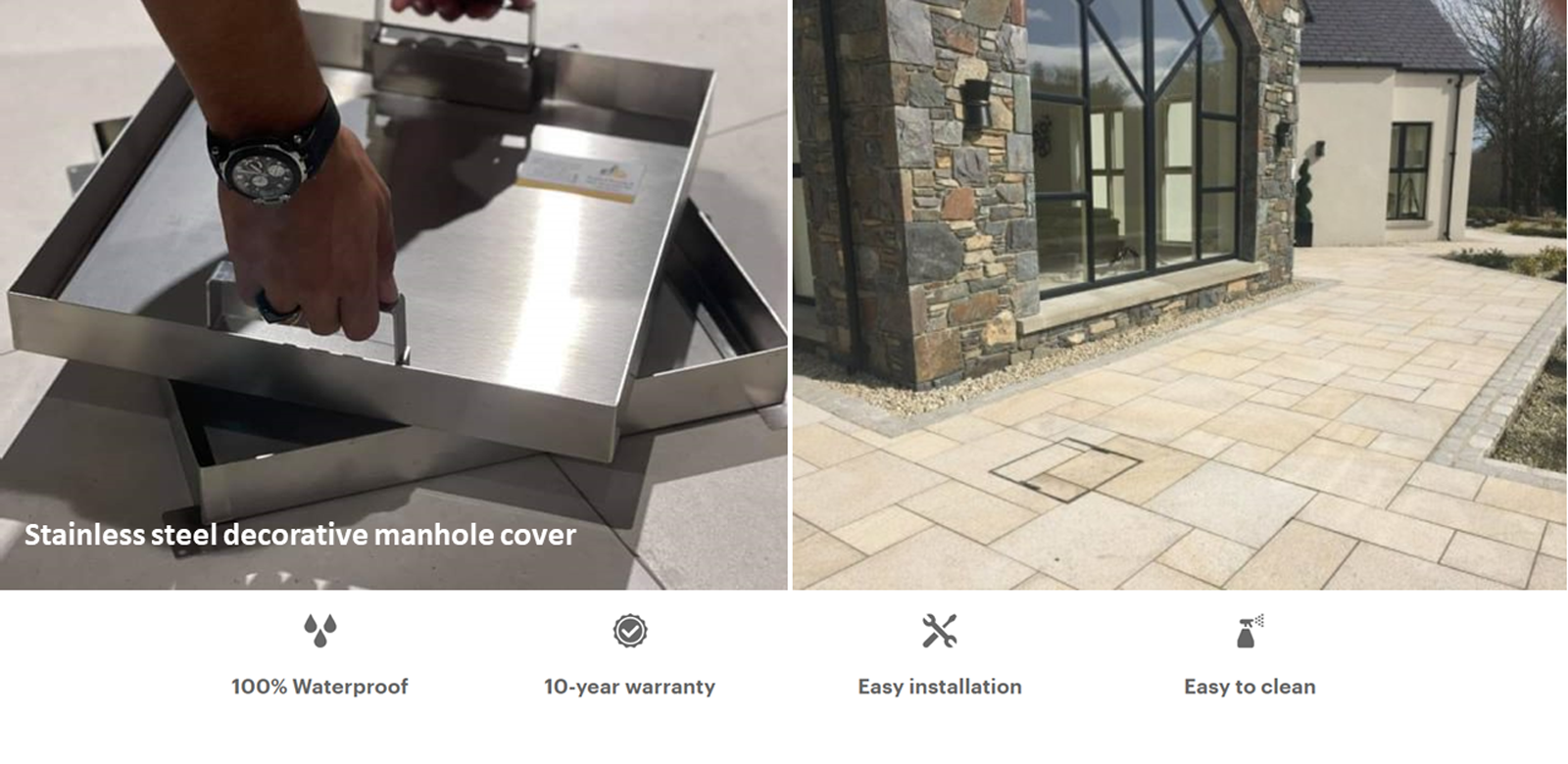Introduction to Decorative Manhole Covers
When we think about urban infrastructure, manhole covers often come to mind as mundane, utilitarian objects. However, decorative manhole covers are changing that perception, turning functional elements into artistic statements. In this article, we will explore the various types of decorative manhole covers, their benefits, and some stunning designs that have captured the hearts of many urban dwellers.
What are Decorative Manhole Covers?
Decorative manhole covers are designed not only to provide access to underground utilities but also to enhance the visual appeal of urban settings. Unlike standard covers, which typically feature a plain metal surface, decorative versions showcase intricate designs, vibrant colors, and culturally relevant motifs.
The Benefits of Decorative Manhole Covers
1. Aesthetic Appeal
One of the most significant benefits of decorative manhole covers is their ability to beautify urban landscapes. They add character and charm to city streets, making them more inviting.
2. Cultural Representation
Many cities incorporate designs that reflect their history, culture, or local art. This representation fosters a sense of community pride and identity.
3. Increased Awareness
By transforming ordinary covers into artistic pieces, cities can raise awareness about local artists and culture, adding an educational element to urban exploration.
4. Enhanced Durability
Modern materials and designs can also enhance the durability of manhole covers, ensuring they stand the test of time while still being visually appealing.

Types of Decorative Manhole Covers
1. Cast Iron Covers
Cast iron is a popular choice for decorative manhole covers due to its longevity and ability to hold intricate designs. These covers come in various styles, from traditional to modern.
2. Composite Covers
Made from a mixture of materials, composite covers are lighter and resistant to corrosion. They can also be designed to mimic the look of traditional materials.

3. Artistic Concrete Covers
Concrete manhole covers can be painted or stamped with designs. They offer flexibility in customization and can reflect the aesthetics of the surrounding area.
Comparison Table: Types of Decorative Manhole Covers
| Type | Material | Durability | Aesthetic Flexibility | Weight |
|---|---|---|---|---|
| Cast Iron | Iron | High | Moderate | Heavy |
| Composite | Composite materials | Moderate to High | High | Light |
| Artistic Concrete | Concrete | Moderate | High | Moderate |

Personal Experiences with Decorative Manhole Covers
As an urban explorer, I’ve stumbled upon decorative manhole covers that tell unique stories about the neighborhoods they inhabit. For instance, while wandering through a historic part of New Orleans, I found a series of beautifully painted covers depicting local flora and fauna. It felt like art meeting functionality, and it truly enhanced my walking experience.
In contrast, during a visit to a modern urban area in San Francisco, I encountered sleek, minimalist covers that reflected the city’s contemporary aesthetic. Each of these discoveries reminded me that even the most overlooked aspects of our cities can be beautifully transformed.
Design Trends in Decorative Manhole Covers
1. Nature-Inspired Designs
With an increasing focus on sustainability, many cities are opting for designs that feature natural elements—trees, leaves, and wildlife illustrations that reflect local ecosystems.

2. Historical Motifs
Cities are also turning to their rich histories for inspiration, showcasing designs that celebrate significant events, architectural styles, or important figures.
3. Cultural Symbols
Incorporating cultural and ethnic symbols can make manhole covers resonate more with local communities, providing a sense of belonging and representation.

How to Choose the Right Decorative Manhole Cover
1. Assessing Purpose and Location
Consider the functional requirements first. Is it in a high-traffic area? Then durability should be your primary concern.
2. Evaluating Design Options
Choose a design that reflects the local culture or complements the surrounding architecture.

3. Material Considerations
Think about the materials used. Are they suitable for your climate? Will they withstand wear and tear?
4. Local Ordinances
Before installation, check with local authorities regarding regulations surrounding manhole covers to ensure compliance.
Pros and Cons of Decorative Manhole Covers
Pros
- Enhance urban aesthetics
- Reflect community culture and pride
- Durable and long-lasting options
- Encourages local art initiatives
Cons
- Higher initial costs compared to standard covers
- Potential for graffiti or vandalism
- Maintenance of intricate designs may be more challenging
Case Studies: Cities with Remarkable Decorative Manhole Covers
1. New York City
New York City showcases manhole covers that reflect its rich history in the form of unique designs representing utility companies and landmarks.
2. Paris
In Paris, some covers feature the iconic “Liberté, Égalité, Fraternité” slogan, capturing the essence of the city’s spirit.
3. Tokyo
Tokyo’s decorative manhole covers, known as “civic pride covers,” often include colorful designs that celebrate local culture, anime, and historical landmarks.
Frequently Asked Questions (FAQs)
What materials are commonly used for decorative manhole covers?
The most common materials include cast iron, composite materials, and concrete. Each offers different benefits regarding durability, weight, and aesthetic flexibility.
Are decorative manhole covers more expensive than regular ones?
Yes, generally, decorative manhole covers are more costly due to the intricate designs and higher quality of materials used.
How can cities encourage the use of decorative manhole covers?
Cities can engage local artists and designers, sponsor competitions for designs, and incorporate them into urban revitalization projects to encourage adoption.
Can decorative manhole covers withstand heavy traffic?
Absolutely! Most decorative manhole covers are designed to meet or exceed the load requirements for their specific location.